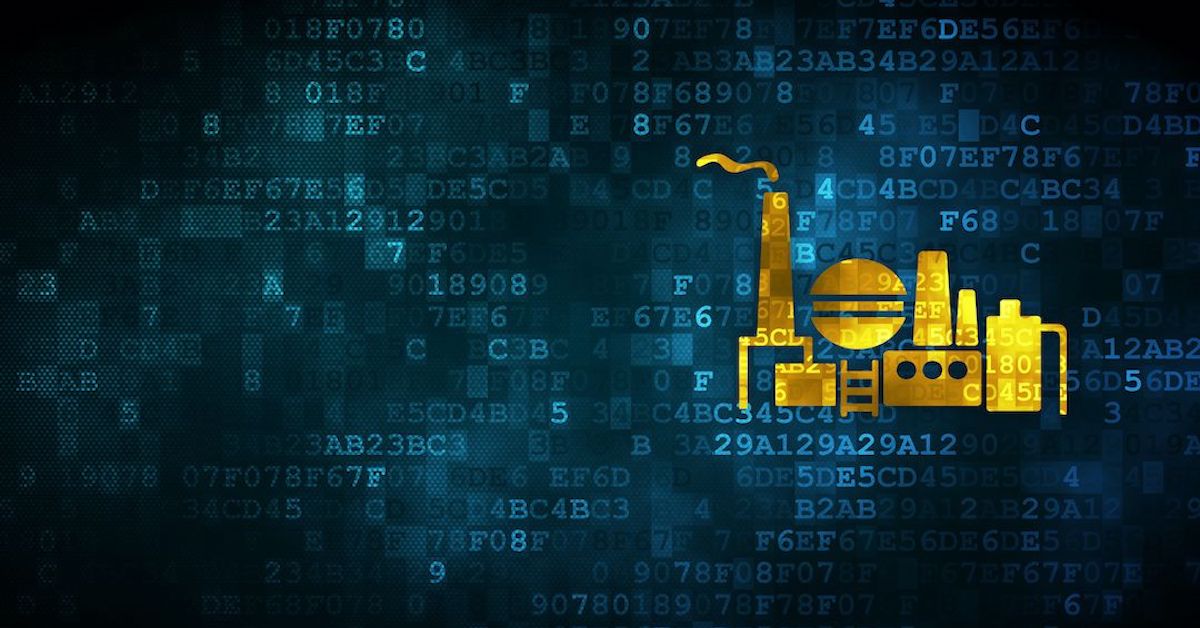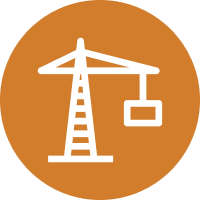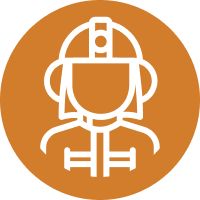
This blog is part three in a six-part series discussing how Digital Transformation will affect Emergency Preparedness. Throughout this series, we explore how Digital Transformation is helping to positively impact Emergency Readiness in the Petrochemical and Refining sectors.
Blog Series Introduction: Emergency Preparedness and Digital Transformation
I recently read a brief description of “frictionless evacuation management.” Accompanying the description was a picture of dozens of people streaming out the doors of a large office tower. The idea is that, when a person crosses the threshold of the building, s/he is counted.
Two thoughts went through my mind when I saw the picture. First, “frictionless evacuation management” is an oxymoron. Anyone who has been an incident commander or professional in our industry would likely agree. The second thought was that, while this option MIGHT work in an office setting; this would not be an option at a chemical plant, refinery, power generation facility or similar site.
This line of thinking led me to the question, Why is Digital Transformation so important for those of us involved in industrial emergency response? Here are a few thoughts:
Physical Infrastructure:
The nature of a high hazard site with cooling towers, pipe racks, distillation columns, secure turnstile entry, and egress, etc., makes it very difficult to seamlessly evacuate and be accounted for. My most recent post in this series addresses some of the emerging technology that may address this more effectively over the next few years.
Regulation:
Process Safety Management (PSM) regulations require specific behavior in areas classified for intrinsic safety. Process units require the accountability of personnel before an incident. If evacuation is required, there are some essential personnel that still need to remain to ensure the safety of process shutdown or stabilization. This is unique to our industry and unlike any office setting. However, the accountability process is still almost 100% manual (sign in logs). What an opportunity for transformation!
Culture:
Those who work in a plant will tell you that they have certain habits, now engrained, that ensure their safety in ways that an office worker would never think about. Personal Protective Equipment (PPE) like a hard hat, Fire Retardant (FRC) clothing, steel-toed boots, hearing and eye protection are just a couple of examples of safety culture lived daily. Digital Transformation is already affecting culture with tools like real-time gas detection and real-time operating procedures available on a tablet, for example. Wearable technology in hard hats and FRC is progressing, though not yet prevalent because there are still some challenges to overcome.
Reality:
It is more dangerous to work at a plant because there are more hazards and those hazards have consequences far greater than almost any other scenario. Simply put, there is more at stake. For example, a fire at a chemical plant could VERY easily lead to a tragic explosion. There are gas releases, hazmat spills and a dozen other potential challenges that risk life and limb. In many of our emergency scenarios, “frictionless evacuation” would put more people at risk because the safest response is to shelter in place. Heading for the hills would put personnel in contact with the hazard rather than protect them from it.
Conclusion
We work in a highly regulated and dangerous industry. This presents unique challenges and opportunities. This doesn’t diminish the challenges presented in a more traditional campus or office environment. It is simply an acknowledgment that high hazard plants require specific focus, diligence, and process. It also means that Digital Transformation represents a huge opportunity to be safer and more ready ahead of any possible emergency.







